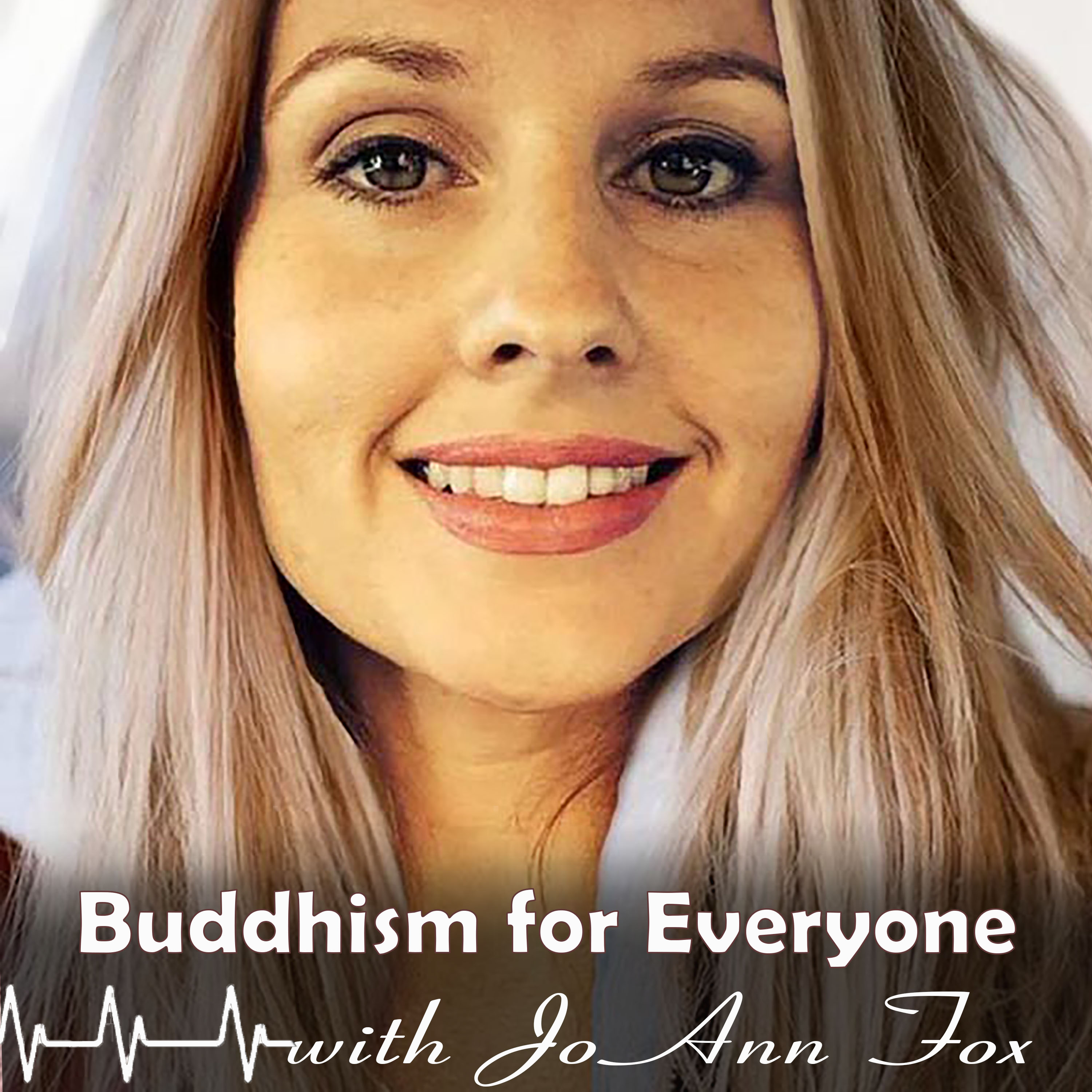- religion
- SEE MORE
- classical
- general
- talk
- News
- Family
- Bürgerfunk
- pop
- Islam
- soul
- jazz
- Comedy
- humor
- wissenschaft
- opera
- baroque
- gesellschaft
- theater
- Local
- alternative
- electro
- rock
- rap
- lifestyle
- Music
- como
- RNE
- ballads
- greek
- Buddhism
- deportes
- christian
- Technology
- piano
- djs
- Dance
- dutch
- flamenco
- social
- hope
- christian rock
- academia
- afrique
- Business
- musique
- ελληνική-μουσική
- World radio
- Zarzuela
- travel
- World
- NFL
- media
- Art
- public
- Sports
- Gospel
- st.
- baptist
- Leisure
- Kids & Family
- musical
- club
- Culture
- Health & Fitness
- True Crime
- Fiction
- children
- Society & Culture
- TV & Film
- gold
- kunst
- música
- gay
- Natural
- a
- francais
- bach
- economics
- kultur
- evangelical
- tech
- Opinion
- Government
- gaming
- College
- technik
- History
- Jesus
- Health
- movies
- radio
- services
- Church
- podcast
- Education
- international
- Transportation
- Other
- kids
- podcasts
- philadelphia
- Noticias
- love
- sport
- Salud
- film
- and
- 4chan
- Disco
- Stories
- fashion
- Arts
- interviews
- hardstyle
- entertainment
- humour
- medieval
- literature
- alma
- Cultura
- video
- TV
- Science
- en
Episode 23: Nirvana, Samsara, and Dharma

b'
In this episode and weekly practice, we first try to diagnose why we are having a particular problem in our life. Then, we begin the healing process by applying spiritual teachings to solve our problem. We also look into the meaning of terms like nirvana, samsara, and dharma and see what practical application they have for solving our problems. \\u201cNirvana\\u201d is the state of everlasting peace and bliss experienced when one becomes enlightened. \\u201cSamsara\\u201d is the opposite of nirvana. Samsara is the experience of us enlightened beings; it is the experience of the mind of someone who still has habits of anger, ignorance, desirous attachment, greed or jealousy. These habits cause us great pain and are likened to sickness in Buddhism because they are not our true nature. Our true nature is peaceful, good, compassionate and even blissful. \\u201cDharma\\u201d is sometimes used to refer to the teachings of Buddhism, but also means \\u201cmedicine for the mind\\u201d. If we apply teachings like they are medicine for our mind, we can solve any problem in our life, essentially by changing the way we look at. When we solve an acute and painful problem it feels like a miracle, and anyone who tries with perseverance can experience such a miracle.
\\u201cNight is long for one lying awake.
Seven miles is long for one exhausted.
Samsara is long for fools
Ignorant of true Dharma.\\u201d
--Buddha, The Dhammapada, verse 60
\\xa0
References:
The Dhammapada, by Buddha. Translated by Gil Fronsdale. Shambala, Boston and London, 2011, pp. 16
Great Treatise on the Stages of the Path to Enlightenment, by Je Tsongkhapa, Volume 1. Pagesare 167, 184. Translated by the Lamrim Chenmo Translation Committee. Joshua Cutler, Editor-in-Chief, and Guy Newlan, Editor
Great Treatise on the Stages of the Path to Enlightenment, by Je Tsongkhapa, Volume 3. Page 1263. Translated by the Lamrim Chenmo Translation Committee. Joshua Cutler, Editor-in-Chief, and Guy Newlan, Editor